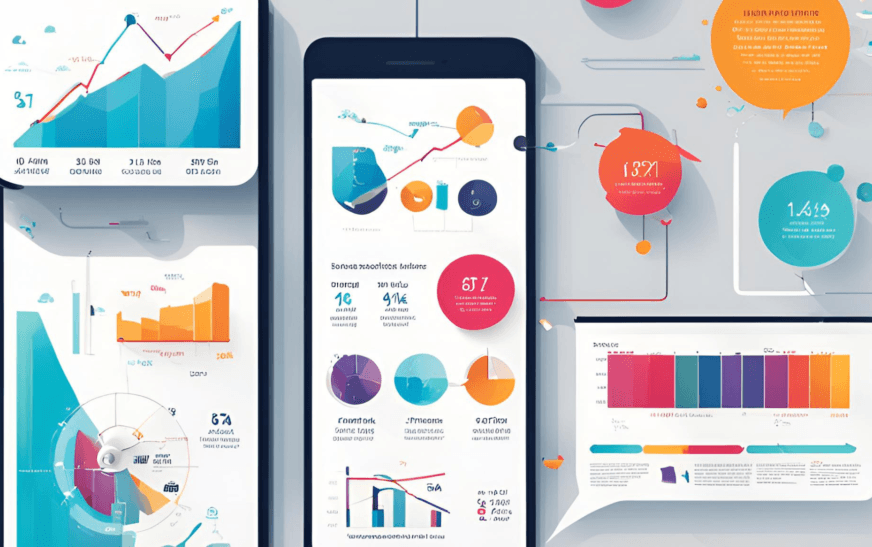The real estate landscape in the USA has undergone a monumental shift in recent years. What was once a market dominated by affordable housing options has transformed into a playground for premium living. This evolution reflects broader economic trends, changing buyer preferences, and the influence of technology and globalization. By 2025, the divide between affordable homes and premium living has become one of the most pressing discussions in the housing market.
This article explores the causes behind this shift, its implications for different stakeholders, and what the future holds for the residential real estate market in the USA.
A Look Back: Affordable Housing’s Golden Era
Affordable housing has been an integral part of the American dream. Post-World War II, a booming economy, government support, and the development of suburban communities allowed millions of Americans to become homeowners.
Key factors that drove this era included:
- The GI Bill: This program enabled veterans to secure housing loans at low interest rates.
- Suburban Expansion: Affordable land outside urban centers made housing accessible to middle-income families.
- Stable Mortgage Rates: Consistent and low rates encouraged homeownership.
However, rising costs and shifting priorities over the past two decades have changed the dynamics of the real estate market.
The Premium Living Boom: What’s Driving It?
1. Urbanization and Prime Location Demand
Urban centers like New York, San Francisco, and Miami have become highly desirable due to their proximity to job markets, cultural hubs, and superior infrastructure. This demand has led to a surge in high-rise developments, luxury apartments, and exclusive gated communities.
2. The Wealth Gap and High-Income Buyers
The concentration of wealth among high-income earners has driven the demand for premium homes. Properties offering unique architectural designs, high-end amenities, and strategic locations are now the focus of affluent buyers.
3. Technological Integration
Homes equipped with advanced technologies such as smart lighting, climate control, and AI-powered security systems are in high demand. This technological leap has turned homes into hubs of comfort and convenience, pushing up their value.
4. Globalization and International Buyers
Wealthy international investors, particularly from Asia and Europe, see US real estate as a stable and profitable investment. Their preference for luxury properties has amplified the demand for premium housing.
The Decline of Affordable Housing
1. Rising Costs of Construction
Labor shortages, increased material costs, and inflation have made it more expensive to build homes. Developers prioritize high-margin luxury properties over affordable housing.
2. Zoning Restrictions
Zoning laws in urban areas often restrict the development of high-density, low-cost housing. This lack of flexibility favors premium developments.
3. Economic Pressures on Middle-Income Families
Rising inflation and stagnant wages have made it challenging for middle-income families to afford homes. Many are now priced out of the market, leading to increased reliance on rentals.
How the Shift Impacts Different Stakeholders
For Buyers
- Affluent Buyers: Wealthy buyers have more options for luxury living, with custom homes and top-notch amenities readily available.
- Middle-Class Buyers: They face limited choices, higher costs, and increased competition for affordable housing.
For Sellers
- In High-End Markets: Sellers of premium properties benefit from robust demand and competitive pricing.
- In Affordable Markets: Sellers often find it harder to attract buyers due to limited affordability and loan restrictions.
For Investors
- Luxury Properties: Investors find lucrative opportunities in the premium segment, where demand remains steady.
- Affordable Housing: Long-term rental income is a viable investment strategy, but it comes with lower margins.
The Role of Government and Policies
Efforts to balance the housing market include:
- Tax Incentives: Encouraging developers to include affordable housing units in their projects.
- Rent Control Policies: Designed to protect tenants from skyrocketing rental costs.
- Public Housing Investments: Allocating funds to build affordable homes for low- and middle-income families.
Trends in Premium Living for 2025
1. Eco-Friendly Homes
Luxury buyers are prioritizing sustainability. Features like solar panels, energy-efficient systems, and eco-friendly materials are becoming standard in premium homes.
2. Smart Technology
Integration of smart home technologies is no longer a luxury but an expectation. Voice-controlled appliances, security systems, and energy management tools dominate the market.
3. Amenities Redefined
Premium living extends beyond homes to include amenities such as rooftop gardens, private gyms, co-working spaces, and even personalized concierge services.
4. Second Homes and Vacation Properties
High-income buyers are investing in vacation homes in scenic locations, adding another layer to the premium housing market.
Investment Opportunities in 2025
Luxury Real Estate
The demand for high-end properties remains strong, particularly in urban centers and scenic suburban areas.
Affordable Housing Development
Government subsidies and incentives for affordable housing projects present a steady investment opportunity.
Mixed-Use Developments
Blending residential, commercial, and recreational spaces is a growing trend that caters to diverse markets.
The Road Ahead: Balancing the Market
The USA real estate market is at a crossroads. While premium living dominates the headlines, the affordable housing crisis cannot be ignored. Achieving balance requires a multi-faceted approach:
- Developers must explore innovative building techniques like modular construction to reduce costs.
- Governments must revise zoning laws to encourage high-density developments.
- Consumers must advocate for policies that prioritize housing equity.
Conclusion
By 2025, the USA residential real estate market reflects a growing divide between affordable housing and premium living. This transformation is driven by urbanization, wealth concentration, technological advancements, and globalization.
While the premium housing market offers lucrative opportunities, addressing the affordable housing crisis is essential to creating a sustainable and equitable housing ecosystem. Stakeholders across the spectrum must work together to ensure that the American dream of homeownership remains attainable for all.











